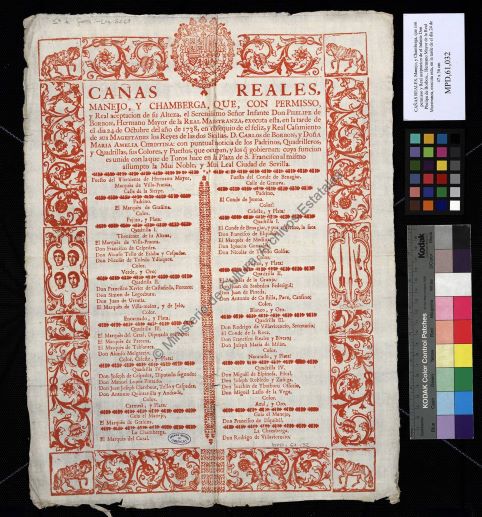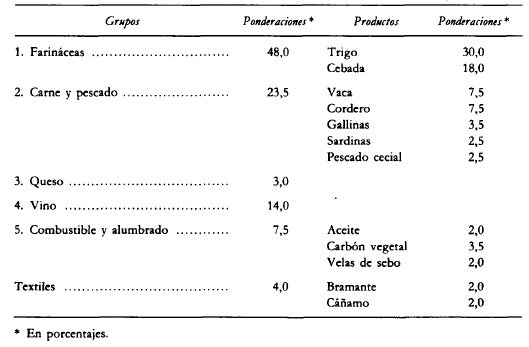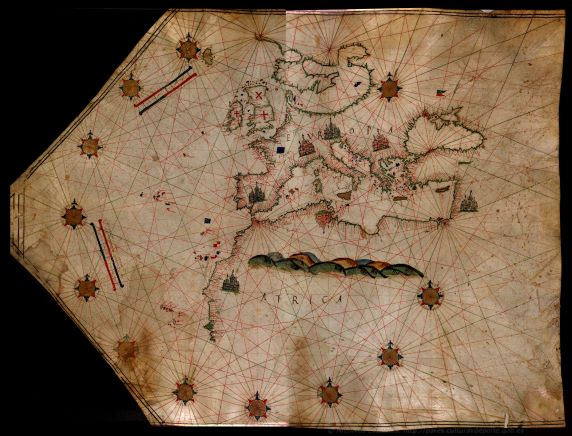
Philip II, known by the nickname of “the Prudent”, was Spanish monarch from 15 January 1556 until his death in 1598. His reign was characterised by territorial expansion across the Atlantic and Pacific oceans, and for being the first time that an empire integrated territories from all inhabited continents. During his reign, the Spanish monarchy became the leading power in Europe and the Spanish Empire reached its peak. Since his death, he has been haunted by a black legend that portrays him as fanatical and despotic, but he has also been depicted as an archetype of virtue. Under his rule he faced various international wars with France, the Netherlands, England and the Ottoman Empire, among others, and he also had to fight uprisings within Spain itself, such as the rebellion of the Alpujarras (1568-1571), which had important consequences for the Moorish population. In this portrait Rubens is inspired by Titian’s 1551 portrait of Charles V, the father of Philip II. The monarch is depicted on horseback, holding the baton of commander of the armies. In the background is a scene of the battle of Saint Quentin, an important Spanish victory over the French that took place on Saint Lawrence’s Day in 1557. Above the king is a winged Victory crowning the monarch with laurel. This portrait would precede numerous other equestrian portraits of successive monarchs of the Spanish Crown, in a similar pose.
Collection: Images
Project: 5. Power and powers in the history of Europe: oligarchies, political participation and democracy.
Chronology: XVII
Scope: Primary Education, Secondary Education, Baccalaureate, University
Resource type: Image
Format: Oil on canvas, 251 x 237 cm
Source: Museo Nacional del Prado (Madrid)
Language: Spanish
Date: 1629-1640
Owner: María del Mar Felices de la Fuente (Modernalia)
Identifier: P001686
Copyright: Museo Nacional del Prado (Madrid)
Abstract: Royal portraits. Image of King Philip II on horseback, by Pedro Pablo Rubens.
Image
Tags







